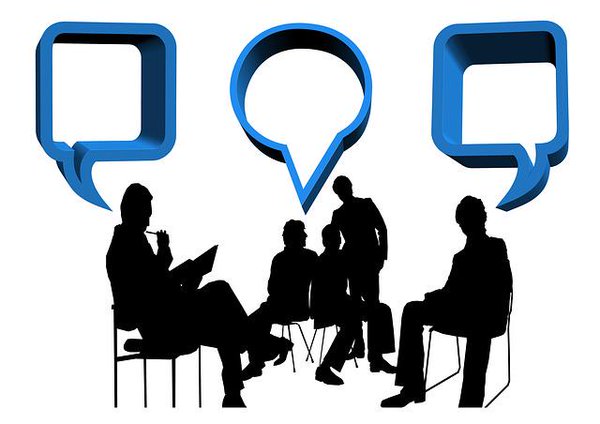Text Analytics Could Unlock Strategic Value Hidden in Speech
 The modern world is always listening.
The modern world is always listening.
Standards from the Financial Services Authority (FSA), Financial Conduct Authority (FCA), and the Commodity Futures Trading Commission (CFTC) now require stock traders to record all their phone calls.
But regulators struggle to get a grip on the resulting wealth of data. In a world in which people are paying greater attention than ever to the potential of financial misconduct, could using analytics tools help authorities detect suspicious activity?
Police forces in the UK alone record 3 million hours of interviews a year. These conversations could help them solve crimes if only they could extract meaning from them, but these recordings often are left gathering dust in evidence rooms.
Increasingly, organizations across multiple industries are recognizing the need to derive value from the wealth of audio and video they have: to transcribe, analyze, and take action based on it. My research and development colleagues and I have worked on a number of such projects.
Recently, we have been working hard on a “speech-to-analytics” project with a UK-based university spin-off specializing in conversational speech recognition. That means its software can identify and track multiple speakers – a non-trivial task with which most speech-to-text companies struggle. The resulting solution can then produce a time-coded transcript of what each speaker said, and when.
Once the solution has produced a transcript, it proceeds to feed that text-based transcript into our powerful text analytics tools. These tools allow us to identify all people, locations, and discussion topics that were spoken about in the original recordings.
Once we have these people, locations, and topics, we can also automatically work out relationships between them and between the recordings in which they were found.
And that’s just the tip of the iceberg. Having identified the topics that people are talking about, we also can measure, using sentiment analysis software, whether they are talking about it positively or negatively.
The applications for speech-to-analytics are practically unlimited. This approach, for example, can be applied to customer feedback surveys that are carried out by telephone. Currently, human operators have to manually take note of, and interpret, the customer responses. Calls like these are famously recorded for “training and quality purposes” – so why not cut out the middleman and report directly from the source data? Text analytics can be used to identify and extract any discussion subjects of interest (response time, product quality, etc.) and determine how positively or negatively your customers spoke about these measures.
Let’s consider it from a public security angle. In all prisons in the UK prisoner phone calls are recorded. In most cases, however, no one listens to those recordings. But what if those prisons could set up a system that would notify their staff when an inmate mentioned, for example, one of their victims? With text analytics, that’s a cinch – and we can even boost the priority of the alert by the speaker’s sentiment.
In the financial sector, we can easily identify the names of companies floated on the stock market and correlate mentions of those companies with their stock performance. If a stock name was mentioned in a private call between two brokers hours before one of those brokers dumped millions into that stock, analytics can identify that and flag the incident for attention.
With these tools, we can bring about a much deeper understanding of the data that institutions already have at available their fingertips but continue to struggle to determine how to use. Audio and video recordings that previously were opaque and nearly impossible to analyze are now demystified and their rich insights are accessible for the first time.
Text and sentiment analytics functionality is opening up an array of new possibilities. And, when added to text analytics, technologies such as machine learning, streaming analytics, and high-performance computing will further push the new application boundaries.
Src: http://data-informed.com/
